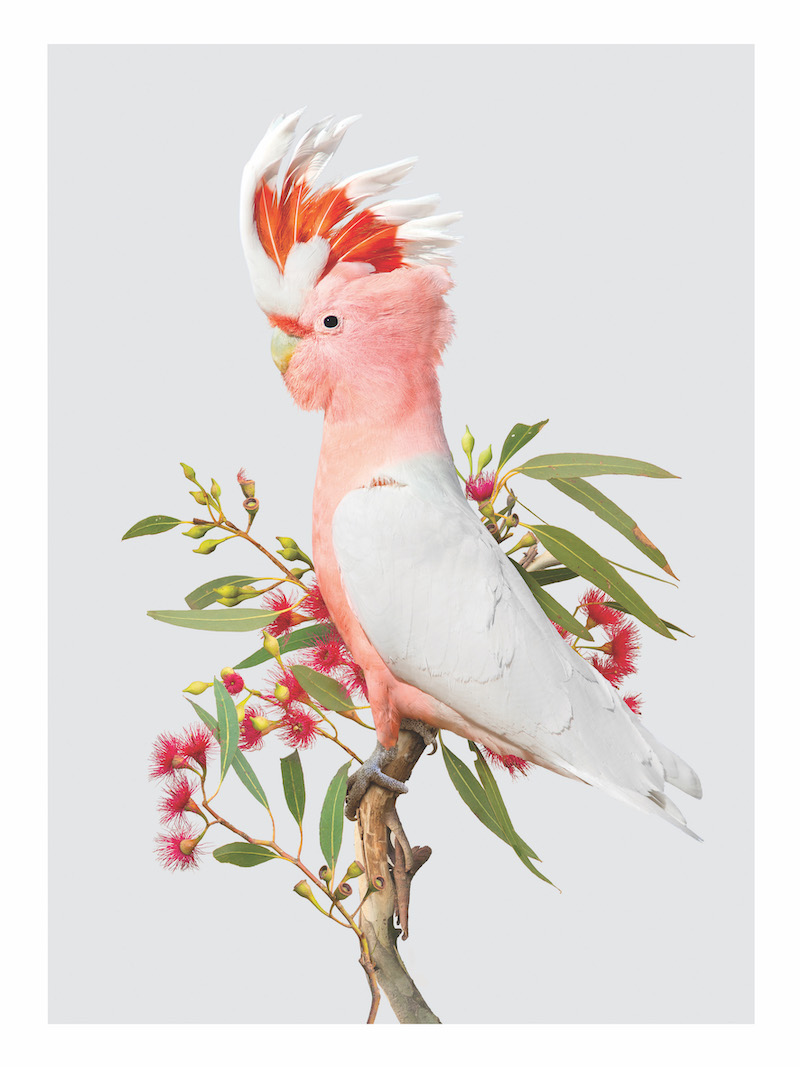When and how did you first fall in love with art?
I have loved art for as long as I can remember. As a very young child, I always drew and painted and eventually studied art, design and photography at university.
Where are you based?
I live on the Mornington Peninsula (Langwarrin). I have a small photographic studio where all my botanical images are taken. I photograph most of the birds in the wild, but some are taken in zoos and sanctuaries.
How long have you been practicing as an artist?
I studied Graphic Design (which included Art, Design and Photography) at University. I have been a practising designer for more than 30 years and an artist for around 15 years.
What does a typical day in the studio involve?
Several stages are involved in my work, ranging from reading and planning, sketching out a preliminary design, photography of the bird, photography of the plants and then compiling them as a single illustration. Sometimes, between 20 to 100 individual photographs are used to complete a final work. I love all of the stages, but the beginning and end are my favourite creative stages – firstly, being out in the bush photographing the bird and finally seeing the image materialise into the final piece.
What is your subject matter?
My subject matter is always birds and plants. I have always been obsessed with birds, plants and nature in general. Nature is my ultimate inspiration. My work is designed as a contemporary take on the historical bird illustrators of the 1600-1800s.
What materials do you use and why?
I start with a pencil and paper to create the initial sketch of the design. Then it is all camera and digital work on the computer.
What have you been working on recently?
An exciting series based entirely on extinct birds. I use many separate elements from my photographs, and using references from old paintings, drawings, museum skins and manuscripts, I re-construct a bird that has vanished forever.
If you could add one artwork to your collection – what would it be and why?
Morning on the Moor by William T Cooper. A stunning representation of one of my favourite birds, the Yellow-tailed Black-cockatoo.
What is your dream artistic project?
To travel to a specific country and do a series of iconic birds from that location. For example a Birds of Japan series.

